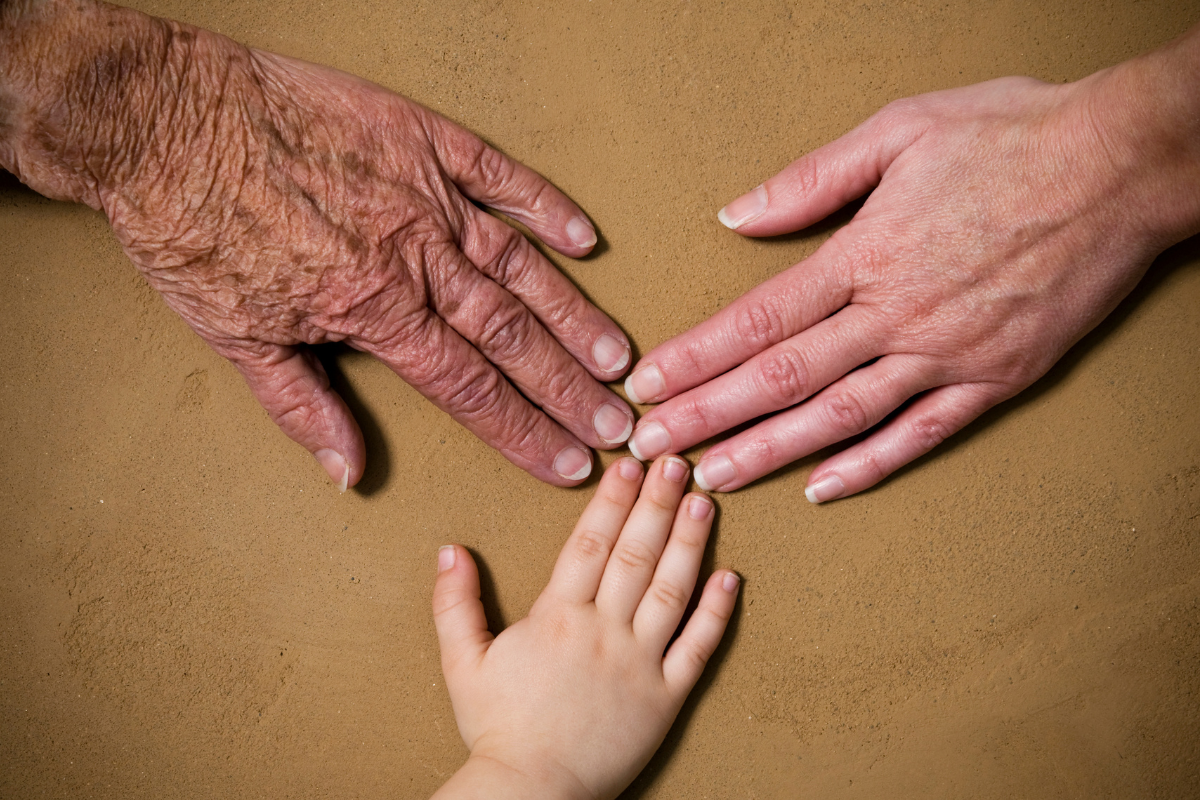
Generational trauma—sometimes called intergenerational or transgenerational trauma—softly creeps across family lines, shaping lives long after the original event. When trauma from our ancestors influences how our bodies handle stress or how our minds find safety, the ripples can feel deeply personal. At the same time, healing isn’t out of reach. Understanding what generational trauma is, how it arises, how you might recognize it in your family, how it differs from intergenerational trauma, and, most importantly, how healing becomes possible plays a vital role on the journey to recovery
What Is Generational Trauma?
In simplest terms, generational trauma refers to how traumatic experiences—like war, racism, poverty, or abuse—leave psychological and physiological imprints that echo through descendants. The American Psychological Association defines it as the transmission of psychological consequences of events from one generation to the next.
It’s not just stories passed down—trauma may alter how stress response genes work (known as epigenetics). Research involving Holocaust survivors and their children, for instance, has revealed changes in the FKBP5 gene, a stress-regulating gene, that appear in both generations.

What Causes Generational Trauma?
Generational trauma stems from a blend of biological, environmental, and social roots:
- Collective horrors like war, systemic oppression, famine, or genocide create communal wounds that trickle down through attitudes and behaviors.
- Epigenetic mechanisms where the body’s stress response system becomes recalibrated—and that recalibration may be inherited.
- Parenting styles and communication patterns shaped by the original trauma—such as emotional detachment or hypervigilance—often become the “normal” way to relate.
How Do I Know If My Family Has Generational Trauma?
While lingering pain can feel buried, signs are often subtle yet persistent:
- Recurring emotional patterns: excessive anxiety, difficulty trusting others, or emotional numbness without an obvious cause.
- A sense of inherited vigilance or always being “on guard”—even without direct threats or experiences.
- Family dynamics marked by avoidance or silence around painful topics; unresolved griefs or unsaid stories echo through generations.
- Higher prevalence of anxiety disorders, emotional disturbances, or PTSD among descendants of affected families—statistics show that children of parents with untreated trauma are 2.5 times more likely to develop anxiety disorders, and PTSD transmission between generations can hold at around 30%.
These signs aren’t proof—but they can be meaningful clues on a healing path.
Is Generational Trauma Different from Intergenerational Trauma?
These terms are often used interchangeably and heavily overlap. But here’s a practical take:
- Generational Trauma generally points to trauma transmitted through family dynamics, culture, or shared lineage.
- Intergenerational Trauma emphasizes how trauma passes across generations either through biological mechanisms (like epigenetics) or learned behaviors.
Some experts differentiate based on transmission method—behavioral versus epigenetic—but in most practical and clinical discussions, they mean the same lived-root-of-trauma phenomenon.
Generational Trauma Treatment: Healing Across Time
Healing generational wounds is a journey—layered, nuanced, and deeply personal. But here’s what research and clinical expertise tell us works:

Trauma-Informed Therapy
Therapies like Cognitive Behavioral Therapy (CBT), EMDR, narrative therapy, and dialectical behavior therapy show success in treating PTSD and inherited trauma patterns.
Family, Community & Cultural Healing
- Encouraging open storytelling, reconnection with one’s cultural roots, and breaking silences enables healing at symbolic and social levels.
- Interventions grounded in cultural humility and awareness—especially among marginalized communities—are more accessible and effective.
Targeted Interventions
- EMDR which stands for Eye Movement Desensitization and Reprocessing, is a psychotherapy technique that helps people process and heal from the symptoms and emotional distress that come from disturbing life experiences is especially helpful, targeting both PTSD and intergenerational patterns.
- Cultural healing practices, peer support, and emerging methods like ketamine-assisted therapy are promising when combined with traditional treatment.
Community-Based Approaches
Programs rooted in community resilience—such as trauma-informed schools or collective healing initiatives—have reduced PTSD symptoms by up to 50%.
Holistic Care Access
Unfortunately, only about 20% of individuals with intergenerational trauma seek mental health treatment, often due to systemic barriers. Expanding inclusive, stigma-free access is essential. This expansion must include culturally responsive, trauma-informed practices to build trust and effectively address the unique needs of these communities.
Conclusion
Generational trauma may feel like a silent whisper across time—but every silence can be acknowledged, every pattern can be unraveled. The combination of science-backed therapies, cultural reconnection, and compassionate community support creates paths toward healing.
By naming trauma, understanding how it travels, recognizing its signs, and embracing compassionate treatment—individuals and families can not just survive, but genuinely heal.
Responsibly edited by AI
Other Blog Posts in
Animo Sano Psychiatry is open for patients in North Carolina, Georgia and Tennessee. If you’d like to schedule an appointment, please contact us.
Get Access to Behavioral Health Care
Let’s take your first step towards. Press the button to get started. We’ll be back to you as soon as possible.ecovery, together.





